介绍
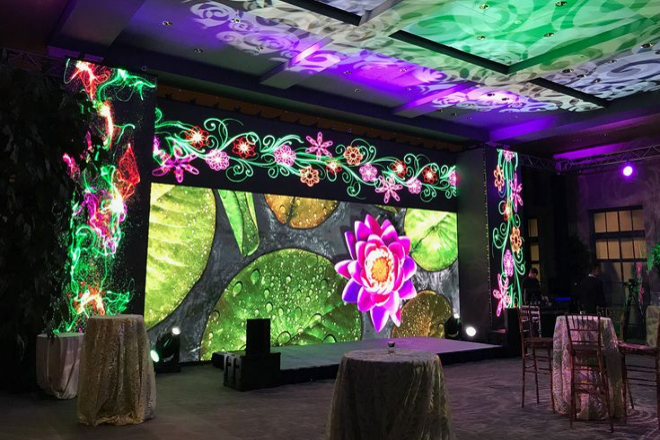
对于活动组织者来说,选择使用 租赁LED显示屏 并不是选择一块合适的屏幕那么简单,还需要考虑屏幕的功率需求。
供电不足或者规划不当都可能导致屏幕无法正常显示,甚至影响整个活动的顺利进行。因此,举办活动时应该给租赁LED显示屏分配多少电量就成了一个问题。
1、LED显示屏电源需求基础知识
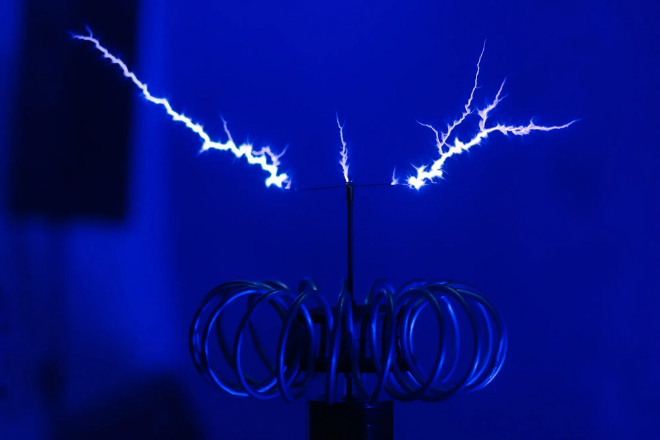
1). 能量消耗 LED显示屏特点
LED显示屏的功耗,说白了就是它消耗了多少电能,这个功耗主要由两部分组成:LED灯珠和驱动电路。
- LED灯珠能耗:
这个就是大头了,灯珠越亮,耗电量就越大,比如说户外大屏,为了白天能看清楚,灯珠就必须特别亮,耗电量就会大一些。而室内小屏,环境比较暗,灯珠就不需要那么亮,耗电量就少一些。
- 驱动电路能耗:
这部分虽然耗电较少,但却不能忽略,必须给灯珠提供稳定的电流和电压,才能让灯珠正常工作。
1.1).影响耗电量的因素有哪些?
2.如何评估活动场地的电力状况?
1). 场地电力容量评估
举办活动,电力必须跟上,不然设备无法使用,那就尴尬了,所以一定要先了解场地的电力详情,看是否能满足你的需求。
1.1). 总电源容量:
询问场地经理: 首先你要跟场馆经理沟通,问他们场馆的总用电容量是多少,这个容量一般以千瓦(kW)或者千伏安(kVA)来计算,决定了我们在这个场馆能用多少电。
计算您的需求: 然后,你必须计算我们活动需要多少电力。列出你将使用的所有设备,看看它们有多少电力。把它们加起来得到你的总需求。记得留出一些余地;不要计算得恰到好处,以防万一发生意外。
1.2). 可用电路数量:
- 数一下插座和配电箱:
接下来你要看场馆里有多少个插座和配电箱,这些就是你的电路,一定要够用,布局合理,避免设备堆在一起,插座不够用。
- 看看电路是否能承受:
您还必须查看每个电路可以承受多大的功率。虽然有些电路看起来很强大,但它们无法承受功率太大的设备。因此,您必须将设备的功率与电路可以承受的功率进行比较,以确保它不会过载。
1.3). 其他需要考虑的事项:
电压是否稳定?电压稳定后设备才能正常工作。因此,需要用电压表测量,确保电压在正常范围内。
接地是否良好?接地也很重要,可以使设备更安全。需要检查接地线是否连接牢固,接地电阻是否较大。
2).备用电源方案
如果场地电力不足或突然停电怎么办?因此,你需要有一个备用电源计划。
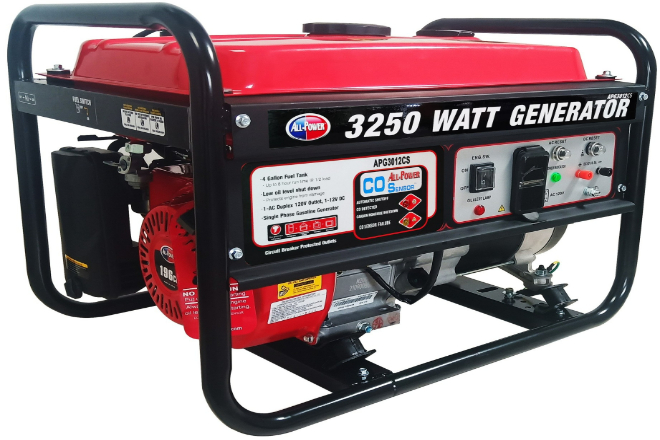
2.1). 生成器:
- 选择合适的发电机:
首先要选择功率足够的发电机,一般来说选择比实际需求大20%的功率比较安全,这样就算是出现一点小意外,发电机也能应付。
- 安装生成器:
发电机必须放置在安全通风的地方,不要放在人群聚集的地方,以免发生意外。电缆也必须敷设好,以免绊倒人,造成人身伤害。
- 准备好燃料并妥善保养:
发电机需要燃料才能发电,因此我们必须保证有足够的燃料。发电机也必须定期保养,以保持其良好的状态。
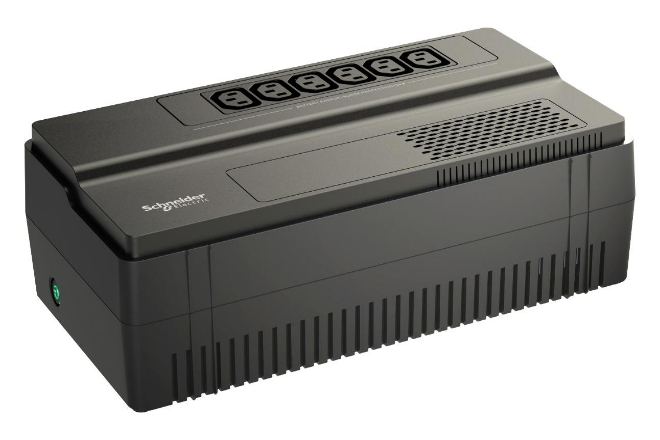
2.2).UPS电源:
- UPS电源的好处:
UPS电源就像保险一样,一旦停电,可以立即接通电源,让设备继续工作,并能稳定电压和频率,保护设备免受电源波动的影响。
而且租用UPS电源比购买UPS电源要划算很多,特别适合临时活动或者大型活动。
- 充分利用UPS电源:
需要根据设备的功率和数量来选择合适容量的UPS电源,活动开始前还要试一下UPS电源是否好用,确保关键时刻可以用上。
2.3).其他备用电源方案:
- 太阳能发电:
如果场地条件允许,也可以考虑使用太阳能发电,不过太阳能发电的功率和稳定性可能会受到天气的影响,所以要提前进行测试。
- 外部主电源:
如果现场电力实在不足,发电机和UPS电源无法支撑,也可以考虑从附近的其他供电点接入市电,但这必须得到当地电力部门的批准和支持,否则属于违法行为。
总之,在评估活动场地的电力条件时,要综合考虑,不要遗漏任何一个环节,同时还要制定完整的备用电源方案,确保活动能够顺利进行,这样我们才能放心的举办活动!
3、LED显示屏功率需求计算方法
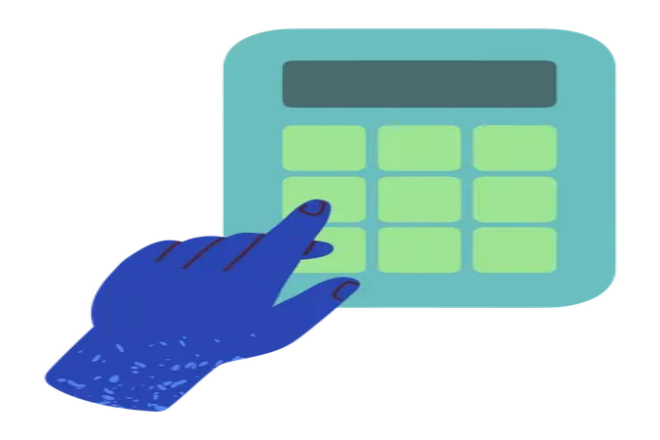
在活动上使用LED显示屏时,准确计算其功率需求是至关重要的。这不仅可以保证活动的顺利进行,还可以避免因功率过载而造成的安全隐患。接下来,我们来谈谈如何计算LED显示屏的功率需求。
1). 功耗估算公式
要估算LED显示屏的功耗,需要使用一个基本公式。此公式考虑了功率密度和屏幕尺寸等关键因素,可帮助我们快速得出大致的功率需求。
1.1). 基本公式:
P(总功耗)=A(屏幕尺寸,单位:平方米)×W(功率密度,单位:瓦/平方米)+C(其他损耗,如控制系统、冷却系统等额外功耗)
- A(屏幕尺寸):
这个很好理解,就是LED显示屏的面积,面积越大,需要的功率就越大。
- W(功率密度):
这是指每平方米LED显示屏所消耗的功率,功率密度的大小取决于LED灯珠的亮度、刷新频率、驱动电路的效率等因素。
一般来说,亮度越高,刷新速度越快,功率密度就越大。
- C(其他损失):
除了LED灯珠本身的功耗外,还有一些额外的功耗,例如控制系统的功耗和冷却系统的功耗。
虽然这些功耗并不大,但在计算总功耗时也不能忽略。
2). 案例分析
光有这个公式是不够的,我们要用一个具体的案例来说明如何运用这个公式来计算LED显示屏的功率需求。
2.1). 案例:
假设我们要在某个户外活动中使用一块P4全彩LED显示屏,屏幕大小为10平米,亮度要求为6000尼特(因为户外光线较强,所以需要亮度比较高),刷新率要求为3840Hz(高刷新率可以让画面更流畅)。
另外,还要考虑控制系统的功耗和冷却系统的功耗,加起来大概有500瓦。
2.2). 计算步骤:
- 查找功率密度:
对于P4全彩LED显示屏而言,在6000尼特亮度,3840Hz刷新率下,功率密度大概在500瓦/平米左右(此值根据不同的厂家和型号可能会有差异,具体值需要查阅产品手册或者咨询厂家)。
- 计算总功耗:
使用上述公式:P = A × W + C
代入数值:P = 10 × 500 + 500 = 5500 瓦
所以,这块10平米P4全彩LED显示屏在6000尼特亮度、3840Hz刷新率下的总功耗约为5500瓦。
4.LED显示屏电源分配及布线方案
说起LED显示屏的配电和布线,这可真是一个“大工程”,就像是在策划一个大型活动一样!
1). 功率分配原理
首先你要明白LED显示屏并不是一个“省电小家伙”,它在亮起来的时候,也是耗电很大的,所以我们要合理地给它分配电量,就像给一群小朋友分发糖果一样,不能太多,也不能太少。
1.1). 按需分配:
我们要算一下LED显示屏到底需要多少电量,这里面既包括屏幕本身的耗电量,也包括控制系统、散热系统等“小玩意”的耗电量。
计算完之后,我们要寻找一个合适的供电设备,比如电源柜或者配电箱,保证它的容量足够大,能够满足显示屏的需要。
就如同我们选择餐厅,要看餐厅是否有足够的座位,对于电源设备而言,同样要确保它的“座位”(也就是容量)足够。
1.2). 均衡负载:
在分配电力的时候,也要尽量做到“公平”,不能让某个供电设备太累,而其他设备却闲着。这就好比我们干活,不能总是一个人干,要轮流干。
可以将显示屏划分为几个区域,每个区域单独供电,这样可以合理使用各个供电设备,减少发生故障的可能性。
1.3). 准备金保证金:
在分配权力的时候,一定要留有余地,就像我们出去旅行,总会多带一些钱和衣服,以防万一。
对于LED显示屏来说,还要预留一定的功率余量,这样,即使出现一些意外情况,比如某个电源设备坏了,或者以后要扩容,也能够轻松应对。
2). 布线方案规划
接下来就要说说布线方案了,就像你规划一条出行路线,要考虑哪条路最快、最安全。
2.1).选择合适的电缆规格:
电缆就好比我们出行时的“马路”,马路要宽阔平坦,车子才能跑得快,电缆也是一样,规格要合适,才能承受通过的电流。
对于大功率的LED显示屏,应该选择铜芯电缆,因为铜的导电性好,可以减少线路损耗。就像我们选择高速公路一样,一定要选择宽阔平坦的高速公路。
2.2).规划布线路径:
布线路径就好比我们出行的具体路线,要选择短而直的路径,以减少距离和时间。电缆也是一样,路径要短而直,以减少线路的长度和弯折次数。
同时,我们还要避开那些“危险区域”,比如机械通道、热源附近等等,就像我们出行要避开战乱地区或者自然灾害频发的地方一样。
2.3).接线方法:
接线方式就好比你用来连接两节车厢的“挂钩”,挂钩一定要牢固可靠,这样车厢才能稳固的连接起来。电缆也是一样,接线方式一定要牢固可靠,才能保证电缆与供电设备连接紧密,不会松动。
对于大功率的接线点,也必须使用压接或焊接。这就像使用强力胶水或焊料来固定东西一样,更加牢固可靠。
3).安全措施
最后要说一下安全措施,这个就像我们旅行买的保险,虽然希望用不上,但是万一出事了,可以有保障。
3.1).接地保护:
所有金属外壳及导电部件都必须可靠接地。这就好比雷雨天躲在树下(当然这其实是不安全的,这只是比喻)或躲在建筑物内,以防被雷击。对于LED显示屏来说,接地保护也是必不可少的。
接地线的截面积必须符合规定要求,并保证接地电阻小于规定值。这就像选择保险丝一样,要选择合适的规格和型号。
3.2).防雷保护:
在雷电多发地区,还必须在电源线上安装防雷设备。这就好比外出旅游时需要带雨伞或雨衣,防止被雨淋湿一样。对于LED显示屏来说,防雷设备就像一把“大伞”,可以保护显示屏和电源设备不受损坏。
防雷设备可以吸收雷电过电压,就像雨伞可以挡雨一样。这样就能保证LED显示屏在雷雨天气下也能正常工作了!
5、特殊情况下LED显示屏电源需求的调整
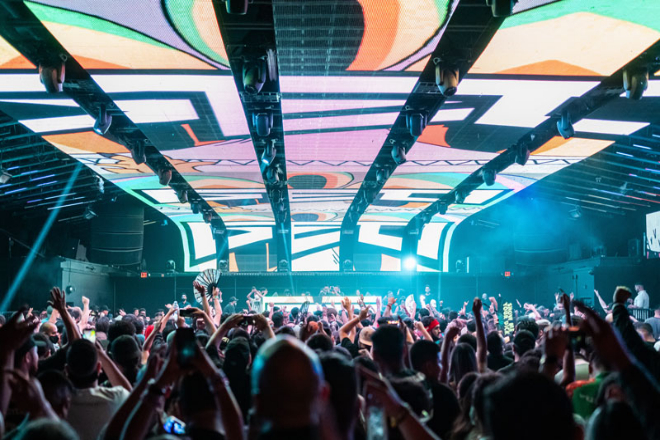
作为现代活动中不可或缺的视觉展示工具,LED显示屏电力需求的管理和调整尤为重要,特别是在特殊情况下。下面我们将从天气因素和活动内容变化两个方面探讨LED显示屏电力需求的调整策略。
1). 天气因素:
天气,这个看似不可控的因素,其实对LED显示屏的功耗有着不小的影响,高温与低温这两种极端的天气状况,会让显示屏的“胃口”有所不同。
1.1). 高温天气影响及调整措施:
- 影响分析:
温度过高会导致LED灯珠的发光效率下降,为了维持同样的亮度,显示屏需要消耗更多的电量。
高温还可能加速电子元器件的老化,增加故障风险,从而间接增加电源维护的需求。
- 调整措施:
可以适当降低显示屏的亮度,以减少耗电量,延长设备的使用寿命。
加强散热系统,如增加风扇数量或者开启空调等,保证显示屏在合适的温度下工作。
定期检查设备,及时发现和处理因高温引起的潜在问题。
1.2). 低温天气影响及调整措施:
- 影响分析:
虽然低温对于LED灯珠的发光效率影响不大,但是却有可能造成显示屏启动缓慢,甚至无法正常工作。
在低温环境下,电缆和连接器的性能也可能受到影响,增加电力传输的损耗。
- 调整措施:
在低温环境下,可提前开启显示屏进行预热,保证显示屏的正常工作。
使用耐寒性更好的电缆和连接器,减少电力传输损耗。
对于户外显示屏,考虑安装遮阳篷或者隔热罩等隔热设施,减少低温对设备的影响。
2). 活动内容变更:
活动内容的变化往往意味着LED显示屏需要显示不同的画面和信息,这也会影响电力需求。
2.1). 增加互动环节的影响及应对计划:
互动环节通常需要显示屏实时响应观众的输入,这可能会增加处理器的负担,从而增加功耗。
互动环节可能还需要额外的设备支持,比如触摸屏、摄像头等,这也会增加电力需求。
- 对策:
在设计交互环节时,充分考虑电源需求,合理安排显示器的亮度和处理器的工作负荷。
提前准备好额外的供电设备,确保在互动环节开始时能快速接通电源,满足电力需求。
2.2). 屏幕布局调整的影响及应对措施:
调整屏幕布局可能会改变显示器的功率分布,某些区域的功率需求可能会增加,而其他区域的功率需求可能会减少。
如果屏幕布局发生较大变化,可能还需要重新布置电源线和连接器,增加电源管理的复杂性。
- 对策:
在调整屏体布局前,要进行详细的功率规划,确保能满足各个区域的功率需求。
提前准备好所需的电源线及接头,保证布局调整时能快速完成电源接入。
加强与活动主办方的沟通,及时了解屏幕布局的变化,从而做出相应的功率调整。
结论
通过本文的讲解,大家对活动用租赁LED显示屏的电源需求的相关知识有了深刻的了解。
从LED显示屏的耗电特性,到活动场所的电力状况评估,到电力需求的计算方法以及电力分配和布线解决方案,我们都进行了讨论。
最后,如果你想了解更多关于 LED 显示屏的信息, 请联系我们。
